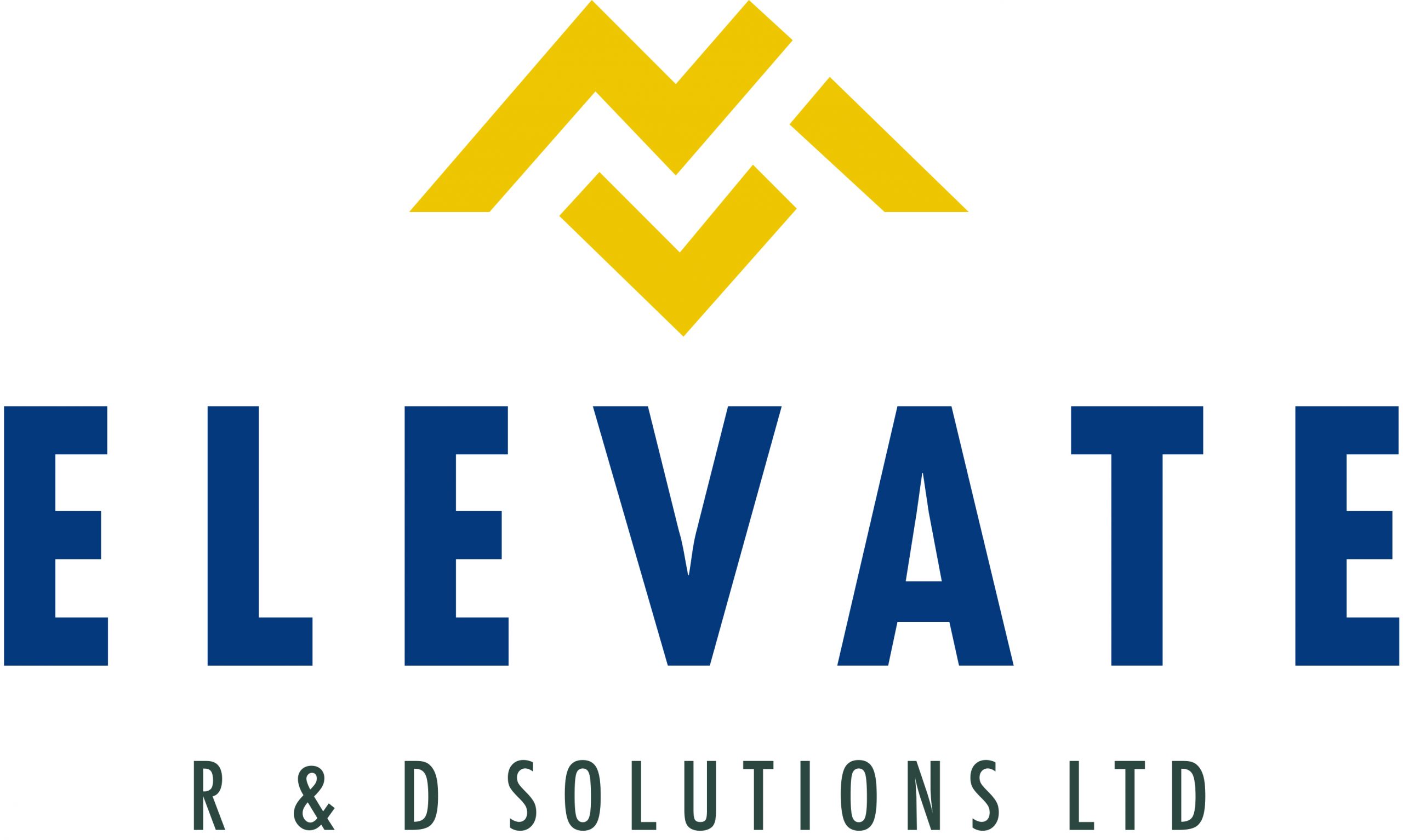Information Technology
The UK is a hub for research and development (R&D) in information technology (IT), with many companies specialising in cybersecurity, AI, and data analytics. Companies embark on R&D to modernise outdated systems, improve efficiency and productivity, address security concerns, enhance user experience, or support business growth and expansion. Emerging technologies and changing market trends also necessitate developing new IT solutions.
UK-registered companies invest significant money in R&D to achieve new or improved systems/software/application technologies beyond the industry baseline. They encounter technical complexity/challenges in enabling the technology to deliver desired functionalities. This results in the development team/competent professionals engaging in non-trivial activities to resolve the technical challenges and achieve the desired IT solutions.
The UK government supports IT R&D through funding and initiatives like R&D Tax Credit. Whether you are developing groundbreaking software, optimising algorithms, or enhancing cybersecurity protocols, at Elevaterds, we work with you to complete the assessment and compile the technical reports and evidence needed to claim the R&D tax relief for the cost of your qualifying R&D activities.
Examples of qualifying R&D include:
Innovative Solutions: Companies involved in developing innovative software solutions, especially those addressing unique challenges or pushing technological boundaries, may be eligible for R&D tax credits.
Algorithm Development: Companies engaged in creating new algorithms or significantly improving existing ones to enhance performance or solve complex problems may qualify.
Advanced Algorithms: Developing and refining AI or ML algorithms to achieve better accuracy, efficiency, or performance may be considered eligible R&D activities.
Data Processing Techniques: Companies working on advanced data processing techniques, such as real-time data analysis or predictive modeling, may qualify.
Innovative Security Solutions: Development of novel cybersecurity solutions, encryption techniques, or intrusion detection systems could be eligible for R&D tax credits.
Vulnerability Assessments: Companies conducting research to identify and address vulnerabilities in software or systems may be eligible.
Optimizing Cloud Services: Companies enhancing the efficiency, scalability, or security of cloud-based services may qualify for R&D tax credits.
Integration Challenges: Solving integration challenges, especially when working with diverse cloud services or hybrid cloud environments, can be considered eligible.
Embedded Systems: Companies working on the development of innovative embedded systems, IoT devices, or hardware components may be eligible.
Performance Improvements: Improving the performance, efficiency, or capabilities of hardware components used in IT systems can be considered qualifying R&D.
Smart Contracts: Development of sophisticated smart contracts or blockchain protocols with novel features may be eligible.
Decentralized Applications (DApps): Companies involved in creating innovative decentralized applications may qualify for R&D tax credits.
Innovative Interfaces: Companies focusing on creating unique and user-friendly interfaces, employing novel design concepts, may be eligible.
Accessibility Improvements: Research and development activities aimed at improving the accessibility of software or websites can be considered qualifying.
Healthcare Solutions: Developing IT solutions for healthcare, such as telemedicine platforms, health monitoring apps, or diagnostic tools, may qualify.
Medical Imaging Software: Companies working on advanced medical imaging software or diagnostic algorithms may be eligible.
Ready to transform your information technology breakthroughs into tangible financial benefits?
Contact Us
